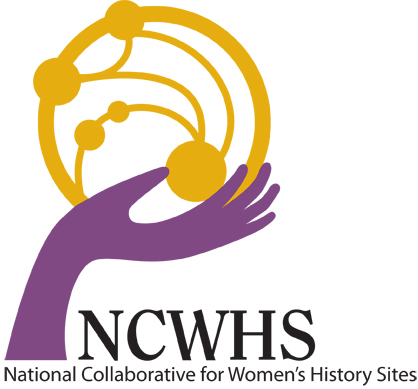Getting women’s history documented and findable in the National Register of Historic Places takes a little extra effort. As Gretchen Brock, National Register & Survey Program Manager, has written in Preservation Posts (the online journal for the Historic Preservation Division of the Georgia Department of Natural Resources), in the first decades that followed the 1966 National Historic Preservation Act, “as was common in the discipline of history in general during that time period, very few early nominations to the National Register in Georgia included any mention of women or children associated with historic houses.” Naming conventions tended to include only the name of the male head of house (e.g. the John Smith House), rather than husbands and wives together (e.g. the John and Mary Smith House)–even when documentary research showed that it was not uncommon, especially in the late 19th century, for the deed to be in the woman’s name.
In her March 2010 article “Don’t Forget the Wife and Kids!”, Brock reminds us that “the complete history of a house can only be known by understanding all the residents of the house, not just the person listed as the head of household or listed in the tax records. Think about your own female relatives and remember that half of our ancestors are women! Who makes decisions in your family about room décor, upgrades, remodelings, and even moving to a new house?”
The website for the NRHP lists annually sites relevant to women’s history, which can serve as models for new nominations, illustrating how a site’s direct and indirect connections to women’s history themes can be drawn in well-written nominations. For instance, documentation of the Thomas Kay Woolen Mill in Salem, Oregon, notes that “While this property is not solely tied to women’s history, they have an important story there. At one time, one in five non-agricultural labors in Salem worked at the mill and a large portion were women. They sorted and prepared the woolens that would be recycled. They were the primary blanket makers. Blankets were a major product throughout the mill’s history and of particular value during WWI and WWII when they were making blankets for the military.” The mill is historically significant for many reasons, but the presence of women in the workforce is noted together with the significance of the goods produced.
Basic guidelines on how to complete a submit a property to the National Register can be found here. Making sure that women’s history isn’t omitted usually involves placing the property in as many historic contexts as possible, and looking past the obvious categories of owners and builders to see users and shapers.
